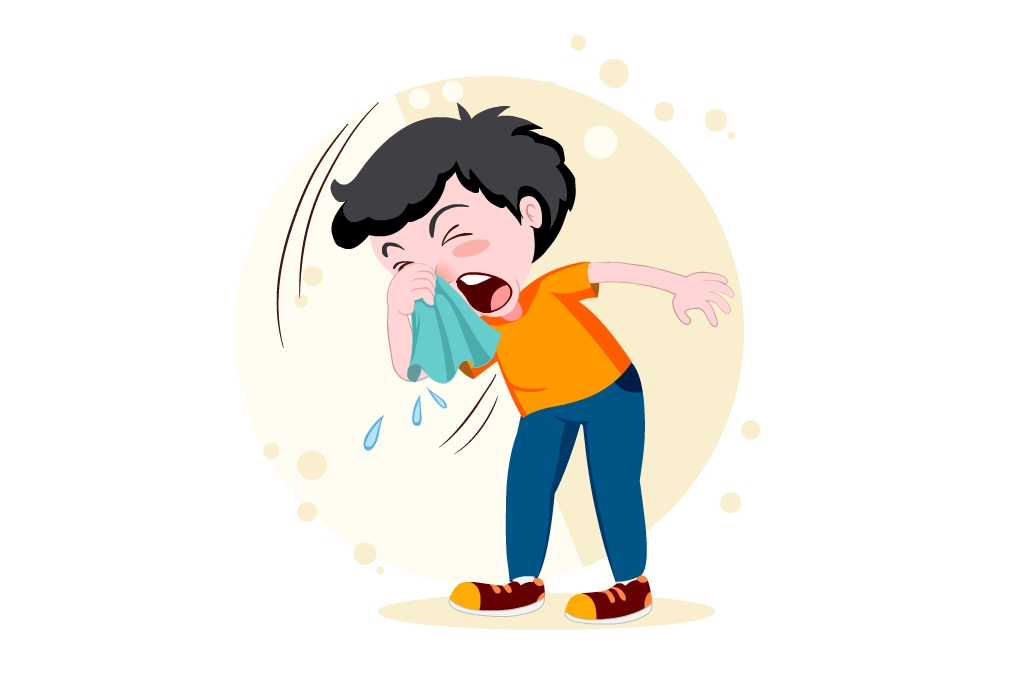CHAPTER 14
CONSUMER DECISION PROCESS AND PROBLEM RECOGNITION
Types of Consumer Decisions.
Low Level of Involvement
PURCHASE INVOLVEMENT
High Level of Involvement
PRODUCT INVOLVEMENT
Types of Consumer Decisions.
Nominal Decision Making
Brand Loyal Purchases
Repeat Purchases
Limited Decision Making
Extended Decision Making
ExternalInformation
Complex Evaluation Multiple
Internal Information
The process of problem recognition
The Nature of problem recognition
Problem recognition

Actual State

Desire State

Types of costumers
problems
ACTIVE PROBLEMS
Is aware of or will become aware (normal events)
Strategy
Convince consumers that its brand is the solution.

INACTIVE PROBLEMS
Consumer is not aware
Strategy
Convince they have a problem and the brand is the solution.

Uncontrollable determinants of problem recognition
Problem recogntion
Diference between the desired and what it has
Desried state /Actual state
Non marketing factors
-Culture/subculture
-social status
Motives
Situations
House hold characteristics
Marketing factors

:quality(85)/cloudfront-us-east-1.images.arcpublishing.com/infobae/2DYCBKTUHBBLPMMOTHNUOMWR3I.jpg)
Marketing Strategy and Problem Recognition
Discovering Consumer Problems
Activity and Product Analysis
Activity analysis - Focuses on a particular activity, such as preparing dinner, maintaining the lawn, or swimming.

Product analysis - is similar to activity analysis but examines the purchase or use of a particular product or brand.

Problem Analysis
Starts with a problem and
asks respondents to indicate which activities, products, or brands are associated with those problems.
Human Factors Research
Attempts to determine human
capabilities
Observational Techniques

Emotion Research
Helps marketers anticipate consumer reactions to problems and train their customer service personnel to respond appropriately.
Responding
to Consumer Problems
A key task of marketers is to identify consumer problems and position their brands as solutions for them



Helping Consumers Recognize Problems
The marketers would rather cause problem recognition than
react to it.
Approaches to Activating Problem
Recognition
Marketing efforts to attempt to influence the desired state

Generic vs Selective Problem Recognition
Generic
discrepancy that a variety of brands within
a product category can reduce

Selective
discrepancy that only one brand can solve

The Timing of Problem Recognition
Consumers often recognize problems at
times when purchasing a solution is difficult or impossible


Suppressing Problem Recognition
Competition, consumer organizations, and governmental agencies sometimes introduce information in the marketplace that promotes the problem recognition which marketers would prefer to avoid



